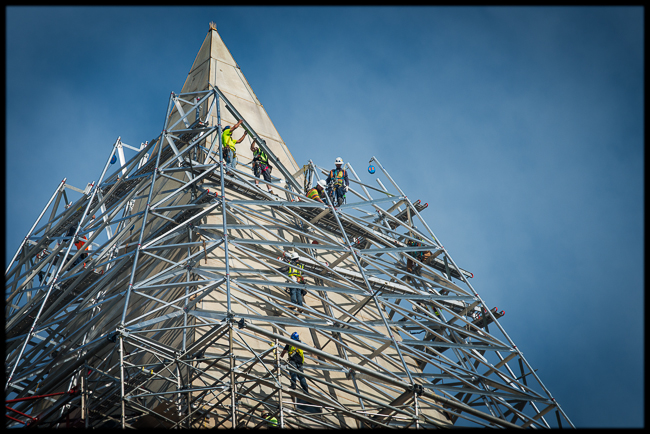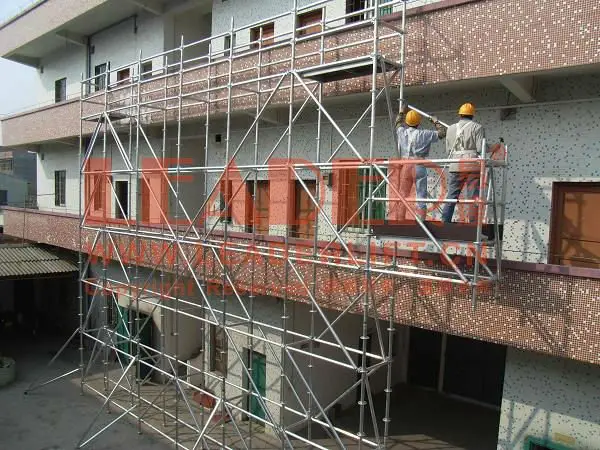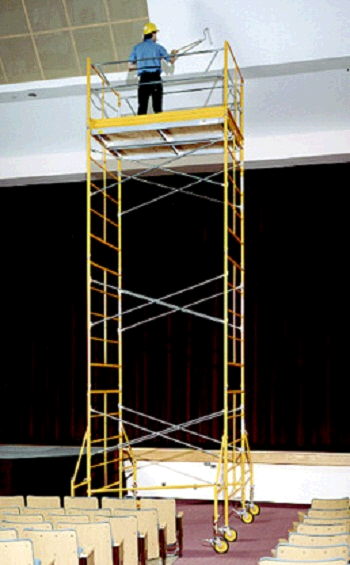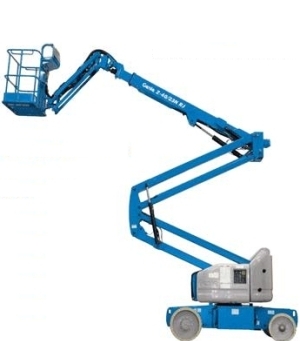Scaffolding is a common word in construction works. When construction staff need to conduct work on a building or fixture, they may need a method for gaining access to the work site. Scaffolding is used to help construction workers access the work area. Choosing the correct scaffolding means considering the safety aspects and practicality of the scaffolding. That is why there are various forms of scaffolding you can choose from.
Scaffolding types that are commonly used
There are 4 types of scaffolding commonly used in construction works. Each of them are briefly described below.
Supported Scaffolding

If elevation is required, then this is the most commonly used scaffolding type. If the scaffolding needs to take a lot of weight, then extra support may be required with supported scaffolding. This is also true if long scaffolding is needed. It is considered the easiest and safest form of scaffolding to use. It is the most cost-effective type of scaffolding to use.
Suspended Scaffolding

This type of scaffolding is usually suspended from a tall construct or roof. It is used when constructing a base is difficult or impossible. It is often used when workers need access to upper levels where building from the ground is impractical. Window cleaners sometimes use this type of scaffolding to clean tower block windows. It is often seen when repairs are needed for upper levels too.
Rolling Scaffolding

This type of scaffolding is similar to supported scaffolding, but there are caster wheels on the base that allow the scaffolding to be moved without the need for it to be deconstructed or added to. The wheels are locked when the scaffolding has been moved so that the construction staff may start work.
Aerial Lifts
They are also known as aerial platforms. The most common are vehicle-mounted aerial platforms (scissor type), and vehicle-mounted aerial lifts with telescopic and rotating boom. They allow workers to access multiple levels in order to do their job.

If work is needed such as installing windows on a high-rise building, then this form of scaffolding allows the workers to access the exterior of each without needing to construct and deconstruct their scaffolding. It is most commonly seen when people are working on lampposts and telephone poles.
Comparing All The Scaffolding Types
Each have their own benefits and applications, so here is a quick comparison table showing how the four forms of construction scaffolding differ.
Supported Scaffolding |
Suspended Scaffolding |
Rolling Scaffolding |
Aerial Lifts |
| It is comparatively cheap to install. | It is easy to install. | It is very convenient. | Access very high levels very quickly. |
| It is considered very safe. | It is ideal for just one or two workers. | It allows work to be carried out over longer elevated areas. | The number of people that may use them at one time is limited. |
| It is very convenient and flexible in terms of application/use. | It allows people to reach very high levels on buildings. | It is mobile, which reduces the need for frequent dismantling to move it. | It is the fastest way of getting to a higher level using scaffolding. |

Class of fire